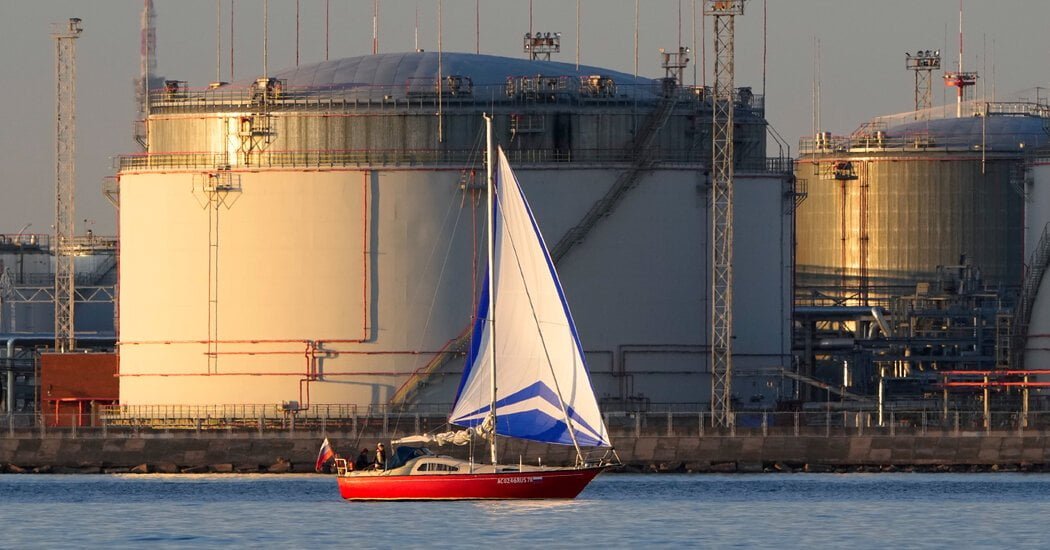When officials from many of the world’s biggest oil-producing countries meet on Sunday, their menu of options for managing the market may be limited.
Over the past two years, the group known as OPEC Plus has agreed to a succession of cuts to oil output. The oil producers’ assumption has been that these trims would be temporary, but they have begun to take on an air of permanence as prices have been relatively subdued. Any relaxation of cuts would risk sinking prices in what looks like a soft market, analysts say.
It is a frustrating situation for oil producers like Iraq and the United Arab Emirates, which could pump additional crude, bolstering their budgets. “That’s where the discomfort for some members comes,” said Richard Bronze, head of geopolitics at Energy Aspects, a research firm. “How do we get out of this cycle?”
Mr. Bronze said OPEC Plus would most likely agree on Sunday to extend voluntary cuts of 2.2 million barrels a day by eight of the group’s members, including Saudi Arabia and Russia. Saudi Arabia’s oil minister, Prince Abdulaziz bin Salman, who is expected to lead the meeting, relishes surprises, so other outcomes are possible.
These cuts were supposed to run through June, and came on top of other earlier agreed reductions. The multilayered measures, hatched in an effort to satisfy a diverse group of interests, have become so complicated that they have become difficult even for close market watchers to follow. “Everyone just loses track,” Mr. Bronze said.
Since the recovery from the pandemic, hefty growth in output from countries that don’t go along with OPEC Plus, including the United States, Guyana, Brazil and Canada, has prompted producers like Saudi Arabia to rein in supplies in an effort to maintain prices. At the same time, demand has not grown enough to soak up supplies.
The Saudis are producing about nine million barrels a day, about 1.5 million barrels a day below 2022 levels and some three million barrels a day below their capacity.
Saudi officials said this year that they would halt an effort to increase production capacity, figuring that there was no point in spending billions of dollars if agreements reached by OPEC Plus and other factors meant that they could not sell the additional oil.
In the latest sign of a relatively weak market, prices fell after tit-for-tat attacks by Israel and Iran did not disrupt oil supplies. They recovered modestly in anticipation of the OPEC Plus meeting, and analysts expect increased demand from summer travel in the Northern Hemisphere to temporarily support prices.
So far, the members of OPEC Plus have chosen to stick together, apparently fearing that going their separate ways could risk a steep drop in oil prices and revenues. But there are signs of unease at the cartel: Angola left OPEC in December, saying membership was no longer in its national interest; the United Arab Emirates and Iraq have been pumping oil substantially above their agreed levels; and Iraq’s oil minister said in May that the country would not agree to any new cuts, according to Reuters, but later said the country was keen to cooperate with the group.
Over the longer term, investors are betting on lower oil prices. For example, the futures contract for Brent crude, the international benchmark, for delivery in December 2027 is selling for around $72 a barrel, versus about $82 for delivery this July.
Gary Ross, a veteran oil analyst who is now chief executive of Black Gold Investors, a trading firm, said the increasing number of vehicles powered by electricity, natural gas and fuels derived from vegetable oils was a reason investors might shy away from oil.
“There’s a lot of things to worry about,” Mr. Ross said. “That’s partly why the back end of the market” is selling for so much less than the current price, he added.




